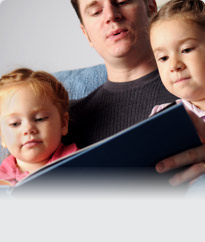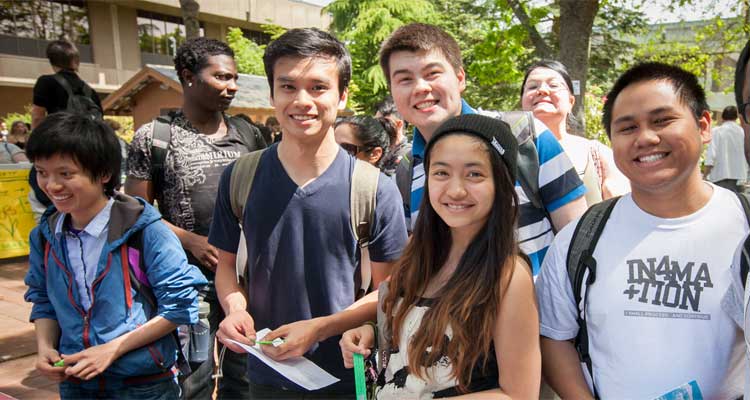Learning at Home

Parents are their child’s most powerful teacher in the most important learning environment: the child’s home.
Language and literacy are key parts of every child’s activity and are present in every area of Head Start and Early Head Start. Parents are the most important person in their child’s life when it comes to helping their children build their vocabulary and develop their love of reading. Parents can do this by helping their children learn new words, asking them to describe their world and experiences, discussing ideas at family meal time, and by reading together. All of these activities are built on listening to your child and letting your child know you are hearing what he is saying. This is powerful.
Here are some other activities parents and children can do together to help develop vocabulary, language, and reading skills:
- Learn and sing the ABC’s
- Talk about the sounds each letter makes
- Sing songs
- Perform finger plays
- Listen to stories or play listening games
- Have conversations with other children and adults.
Some links to find reading activities to do at home are:
- Early Learning and Knowledge Center
- Colorín Colorado – Helping Children Read… and Succeed: For Families (English & Spanish)
- Sno-Isle Library System Calendar of Events
- Everett Library System
- Reading Rockets
- PBS- Reading/Language
- Ready Rosie - Family Engagement
A healthy body is also very important to your child’s success.
Promoting good health and strong bodies by planning daily movement activities and making good food choices improves your child’s physical, mental, and social development, which are all critical to school readiness. When there is no safe child play space in your neighborhood or you live blocks from a park it can be very hard for your child to get the physical time they need. Below are some links that may provide some resources and ideas to help you plan physical activities for your family:
- Snohomish County Parks and Recreation
- YMCA
- Activities in Snohomish County
- Play Lynnwood
- Everett Parks and Community
- Snohomish County Parks and Recreation
One constant in your child’s life is exposure to TV, movies, video games and music.
Supervising your child’s experience with electronic media is an ongoing task. Below is a link to a resource that provides some suggestions and other resources to help you in this very important job:
Other fun things to explore and do:
- Imagine Children's Museum
- Standard Playdough Recipe
- 2 cups plain flour
- 1 cup of salt
- Water (about 2 cups) Add food coloring to water if you want colored playdough
- Place the flour and salt into a bowl and gradually add the water mixture until a stiff dough is formed – it should take on a ball shape. Remove from the bowl onto a floured surface and knead until a firm ball is achieved. Add as much flour as needed until no longer sticky. This will keep for a month in an air-tight container.
- Gak Recipe (moldable substance like Silly Putty)- to be used with supervision and
older than 3 years old - wash hands thoroughly after use
- 1 cup white glue
- 1 cup liquid starch
- Food Coloring
- Put glue and food coloring into plastic container. Add starch a little at a time, stirring constantly. Keep stirring until mixture holds together like putty. Test with your fingers. If too sticky, add more starch in small amounts until mass is smooth and rubbery. Store in airtight container.

